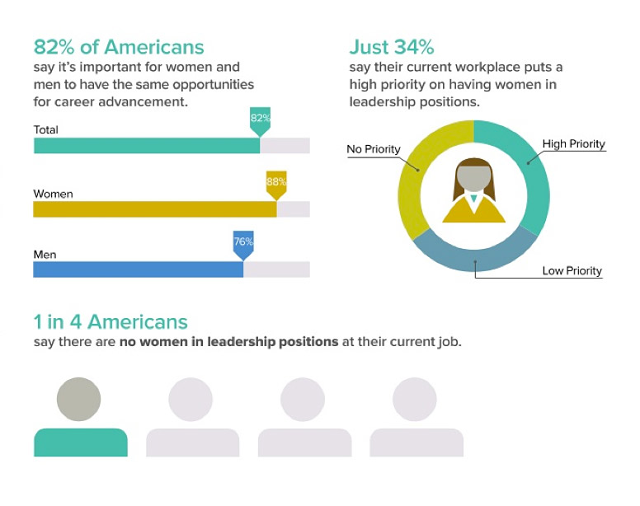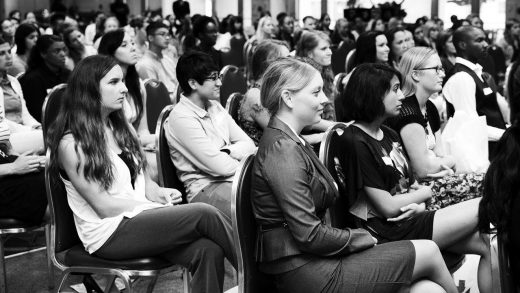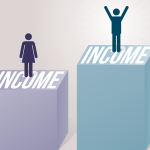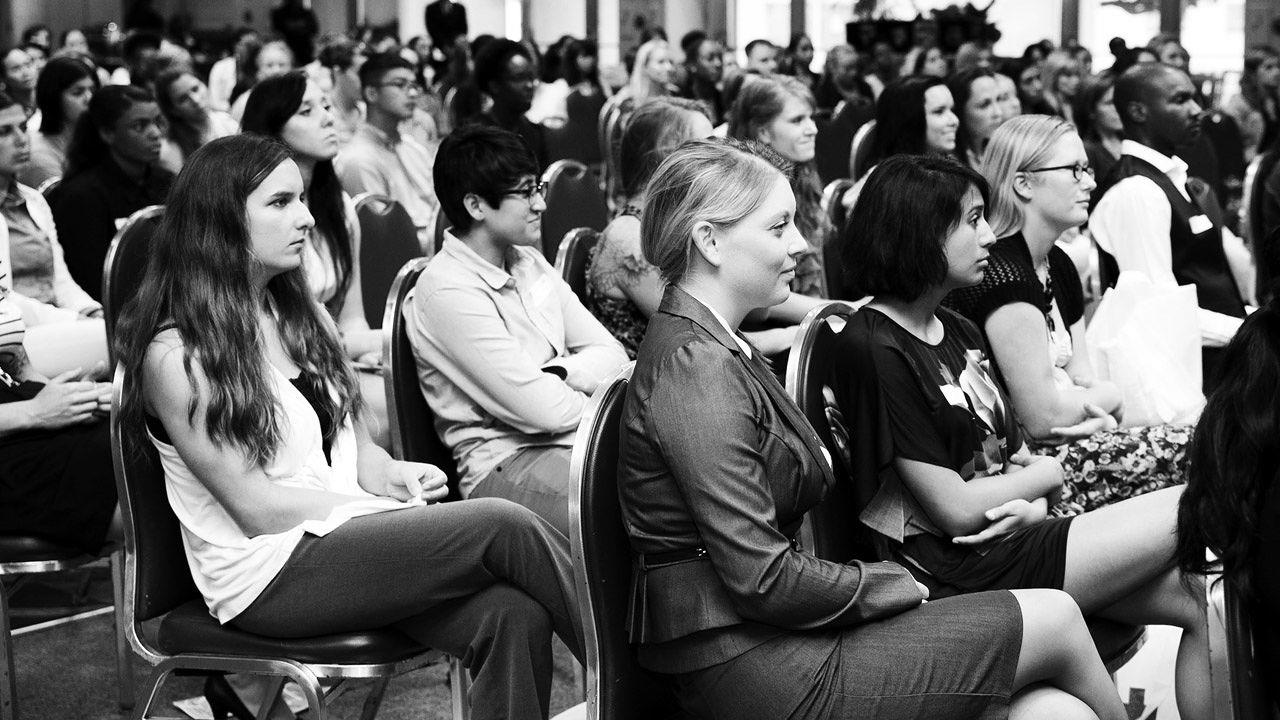Americans Don’t Realize How Big The Gender Leadership Gap Really Is
Gender disparity is the greatest at some of the highest positions in the business world. According to the research firm Catalyst, women only make up 4% of CEOs in Standard and Poor’s 500.
Yet a new report, titled “Women in Leadership: Why It Matters” from the Rockefeller Foundation, indicates that this reality doesn’t line up with Americans’ perceptions. Polling 1,011 adults online revealed that 9 in 10 surveyed think there are more women leading major companies than the 20 who actually do.
This perception was despite the fact that one in four respondents reported they had no women in leadership positions at their current employer and only 34% thought that their employers were placing a high priority on putting women in those jobs. No wonder one in four said they believed there was a greater likelihood that humans would colonize Mars than get gender parity in the C-suite.
An overwhelming majority (90%) of those surveyed agreed that traditions and expectations for male leadership hold women back from full representation, which may explain why only 40% think women should make up at least half of the top executives at these major corporations. The survey’s authors write, “Other preconceptions also play a role, including women being seen as prioritizing family over career (89%), and the perception that women are less effective leaders than men (78%).”

A separate report from the American Association of University Women (AAUW) bears this out, particularly for women of color. “Subtler problems like hostile work environments, negative stereotypes about women in leadership, and bias also keep women out of the top spots,” the AAUW researchers write, “Unconscious or implicit bias can cloud judgment in ways people are not fully aware of.”
The Rockefeller Foundation’s report found that those surveyed reported other barriers working against women who aspire to leadership roles leadership. Among them:
- lack of support from mentors in securing top positions (83%)
- lack of access to personal connections that men have which help with career development (75%)
Yet when asked about what would create meaningful change, 84% of survey respondents placed the responsibility squarely on businesses to attract and retain talented women for leadership roles.
To encourage this, the Rockefeller Foundation is launching a campaign called “100×25,” so named because its goal is to get 100 women CEOs in Fortune 500 companies by 2025. The initiative is aimed at current CEOs—both male and female—to make a commitment that their company will bring more women into leadership positions throughout their workforce and work toward achieving gender equality across all levels of their staff.
“When we see that 60% of publicly listed companies have no women on their boards, it becomes understandable why it is harder and harder to have women who rise through the corporate ranks,” Judith Rodin, president of the Rockefeller Foundation, said in a statement. “Women deserve a greater say in the future of work, and the 100×25 campaign will be used as a platform to advance a more inclusive economy that creates more opportunities for more people—from entry-level to the C-suite.”
As the campaign kicked off on May 12, the foundation is still in the conversation stage with interested CEOs. Among the recommendations to change the ratio:
- Commit to sending women to professional development training programs
- Identify rising stars within the company – ensure 50% are women
- Institute a women’s leadership speaker series within the company
- CEO and current C-Suite executives commit to each mentoring a mid-level women in her career growth
This is only a partial list and CEOs will be encouraged to share what is already working at their companies.
“Our research shows that change begins with intentional and inclusive leadership from the top that positions women to gain the experience they need to become a CEO,” said Deborah Gillis, president and CEO of the research firm Catalyst, “In order to develop a pipeline of potential women CEOs, we must both close the gender gap at the executive leadership level and support women early in their careers with sponsors, access to profit-and-loss roles and the opportunity to serve as an outside director on a corporate board.”
Gender parity in female leadership is also good for business. Oft-cited research by Catalyst demonstrates that companies with higher female representation in top management outperform those that don’t by delivering 34% greater returns to shareholders. And although only 5% of Fortune 1000 companies have a female CEO, they generate 7% of the Fortune 1000’s total revenue and outperform the S&P 500 index during the course of their respective tenures.
Survey respondents said that if If the gender gap in leadership positions is closed, Americans believe there will be a significant shift toward more inclusive workplaces and more young women will dream of and strive to achieve success in business.
The Foundation’s research found 74% of Americans feel that having more women in leadership positions would put an end to the persistent gender wage gap. Nearly the same number (74%) said it would help initiate change in workplace policies for both men and women, and 71% believe it would attract more diverse talent to the workforce. The benefits extend to the newest members of the workforce, too. Two-thirds of respondents believe that female leadership provides important role models for young women at the beginning of their careers.
According to the Rockefeller Foundation, the 100×25 campaign will stimulate positive change through publicizing the initiatives of companies advancing women within their ranks. In a statement, the Foundation said it hopes to “ignite a conversation on why the private sector—particularly the Fortune 500 has been the hardest glass ceiling to crack.”
Fast Company , Read Full Story
(23)














